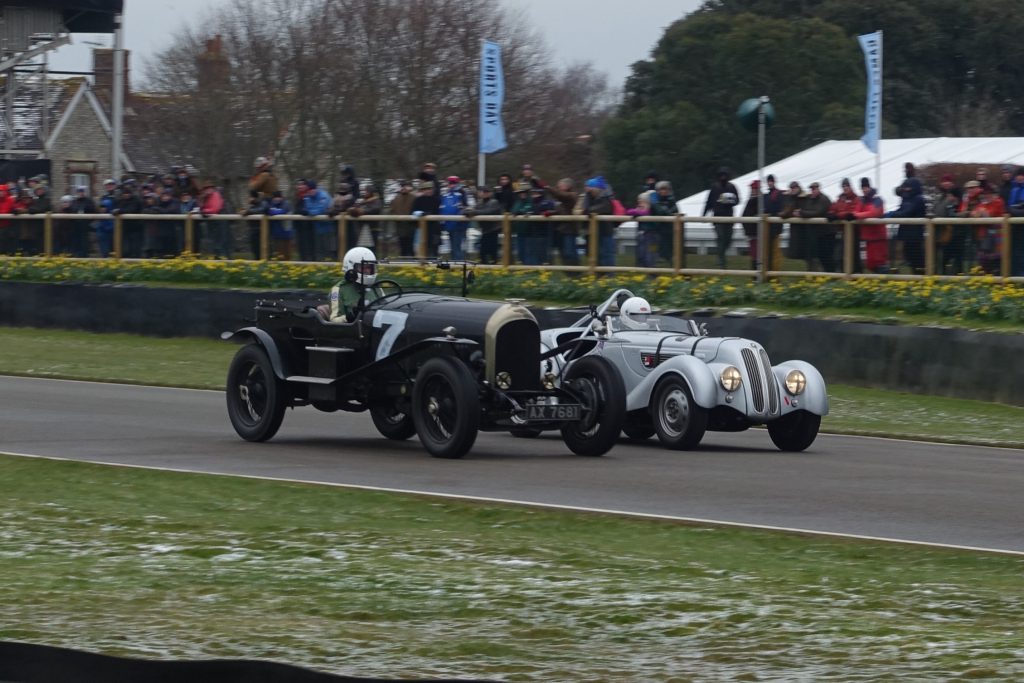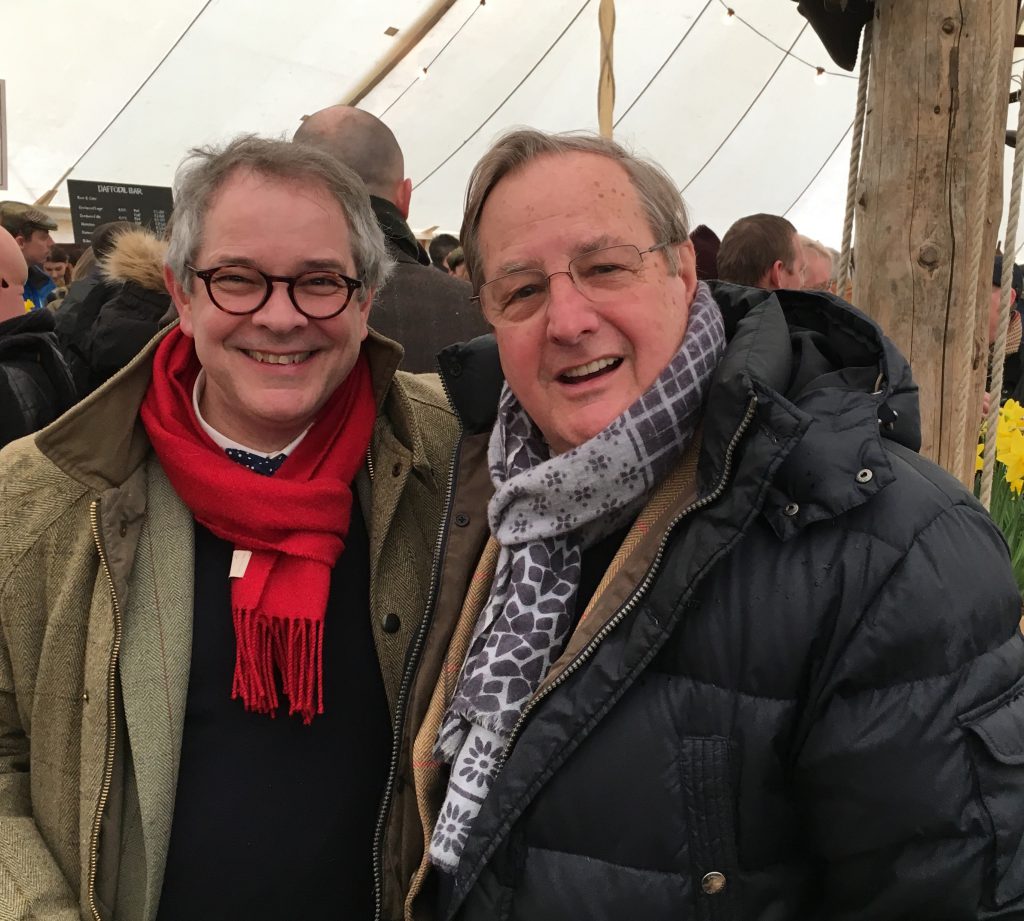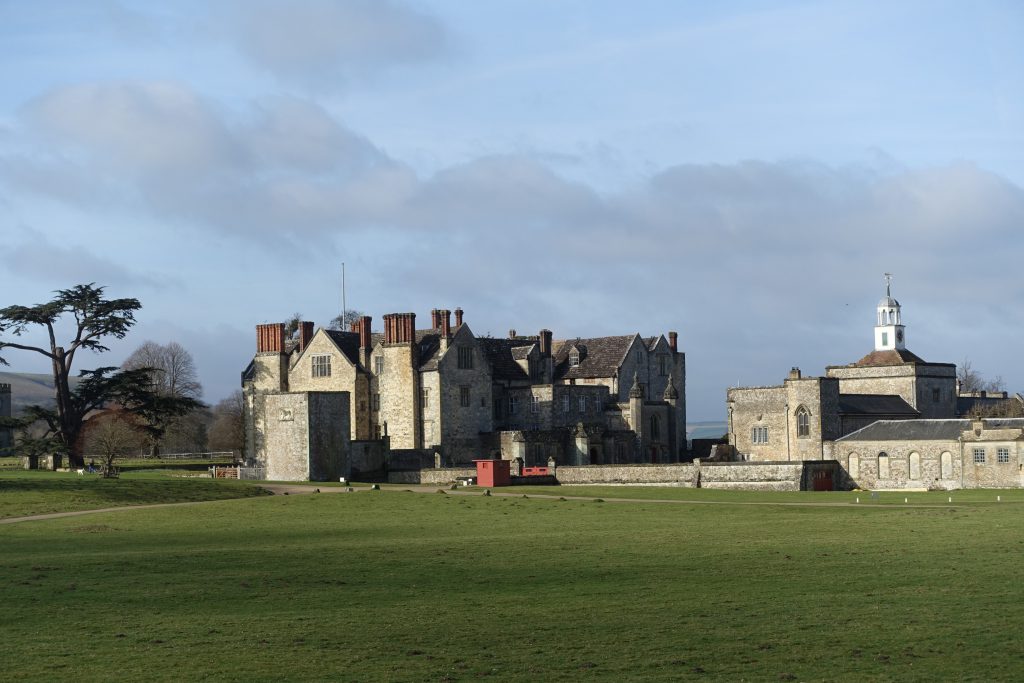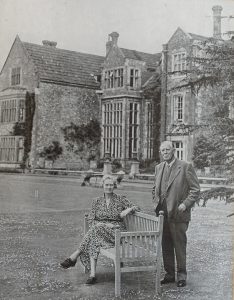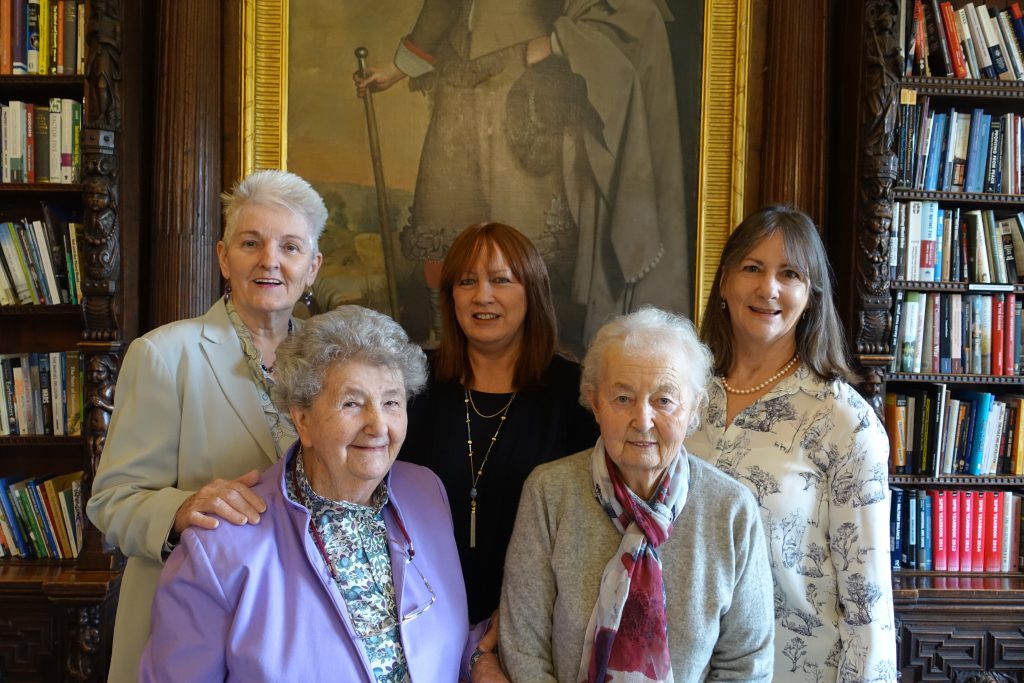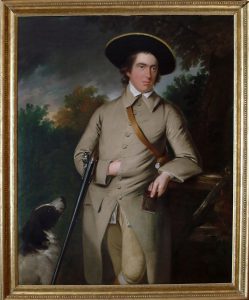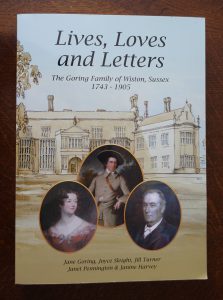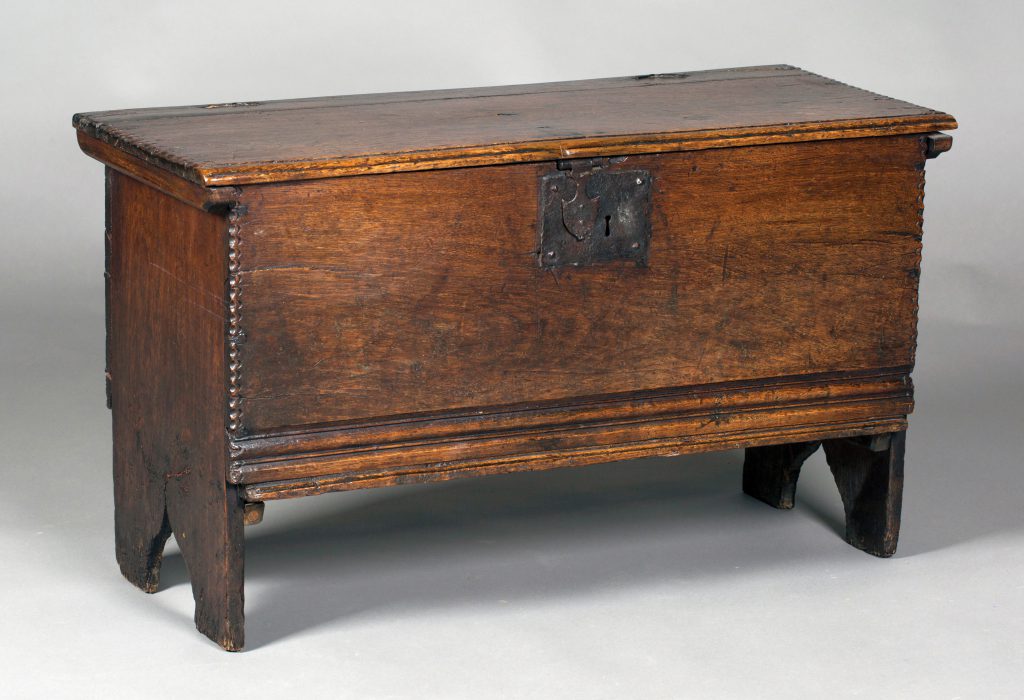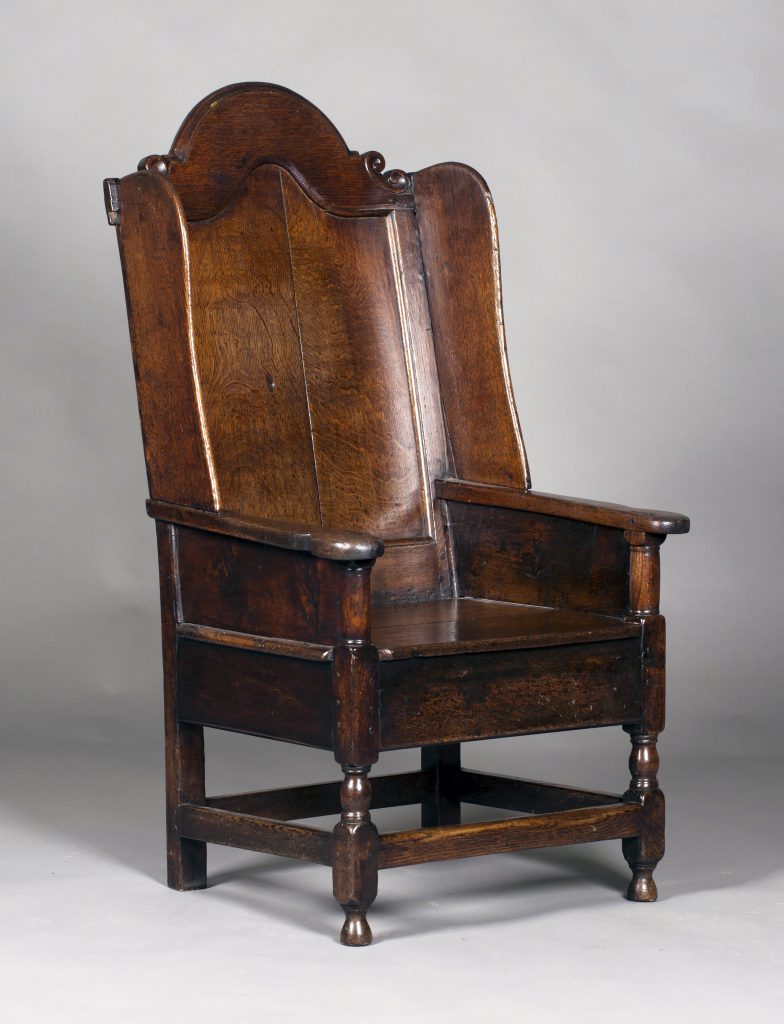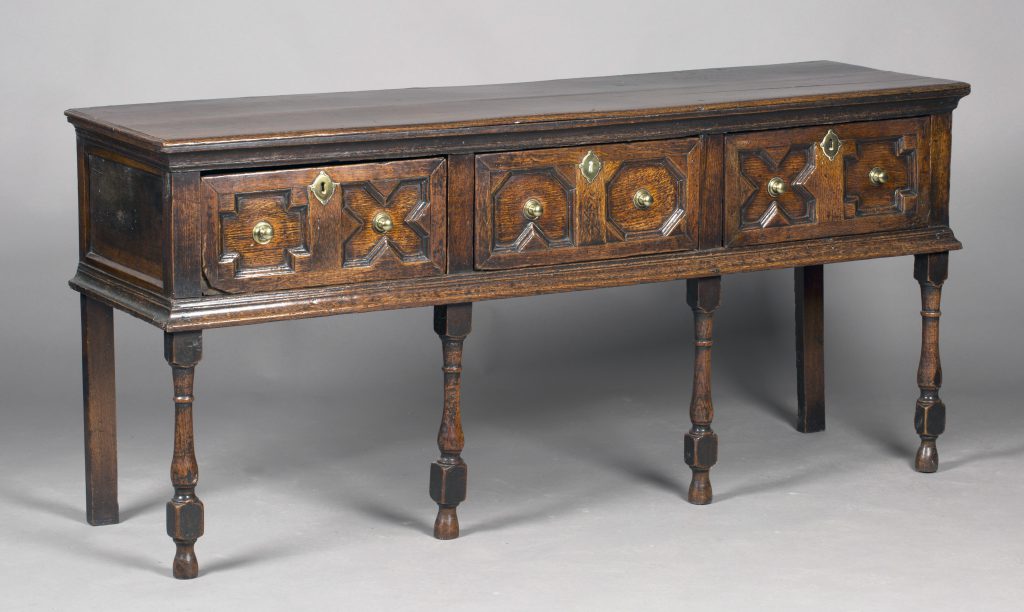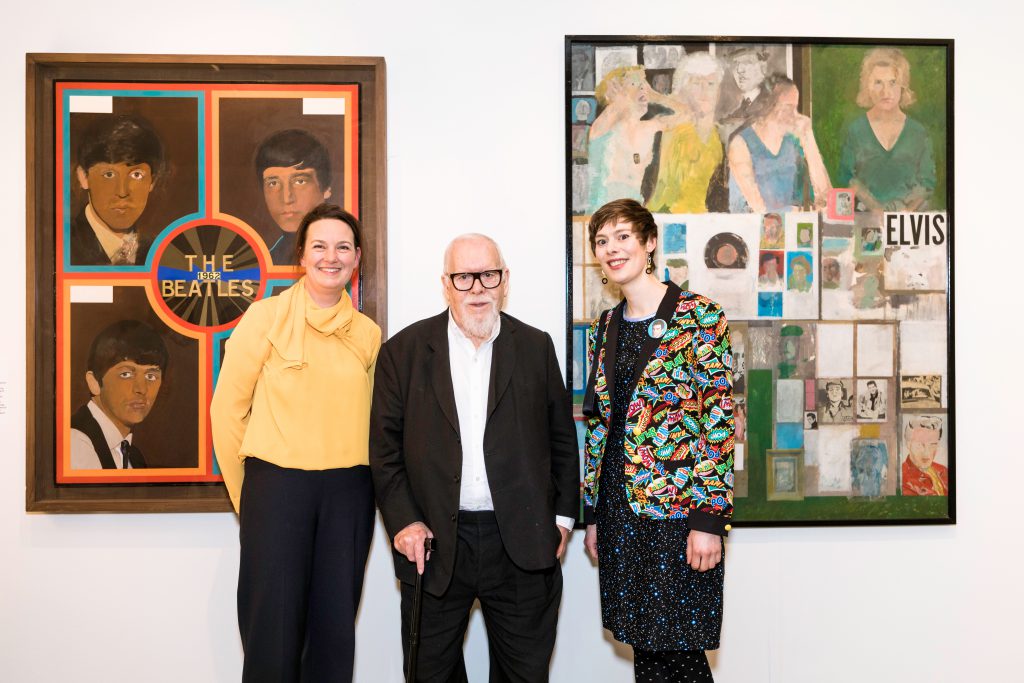
Pallant House Gallery’s major spring exhibition ‘POP! Art in a Changing Britain’ celebrates the diversity of art created in the two decades after the Second World War.
This visually arresting exhibition has been put together by the Gallery’s new Senior Curator Claudia Milburn, and Curator Louise Weller.
Claudia Milburn explains “The key themes which emerged in Pop Art included American consumerism, popular culture, advertising, sex, glamour, celebrity, technology, science fiction and politics.” These themes are vividly explored through the works in the show. Many of them were generously gifted through the Art Fund by the architect Professor Sir Colin St John Wilson and his wife and fellow architect M.J. Long to Pallant House in 2006.
Wilson participated in the London Independent Group meetings in the 1950s where a generation of Post-War artists and architects came together. His very personal collection reflects his relationships with these artists. The members’ disparate approaches were united by a shared vision of a new era. Claudia says “Pop came about as a resistance movement, youthful in energy and spirit, breaking through in response to a time when traditional values were being challenged as never before. It was an attempt to redefine the boundaries between popular culture and fine art merging high and low culture.”
After post-war rationing and austerity these dramatic images signalled a new youth culture and unparalleled access to an explosion of images, film and popular music.
The artist Richard Hamilton would remark ‘…somehow it didn’t seem necessary to hold on to that older tradition of direct contact with the world.’
Peter Blake’s work offered a dialogue between new and traditional forms of popular culture. In his painting ‘The Beatles 1962’ (c.1963-68) he reflects on the nature of celebrity. This theme is repeated in the earlier ‘Girls with their Hero’ (c.1959-62) where the Elvis phenomenon is expressed through the imagery of mass-produced pictures in newspapers, photographs and posters.
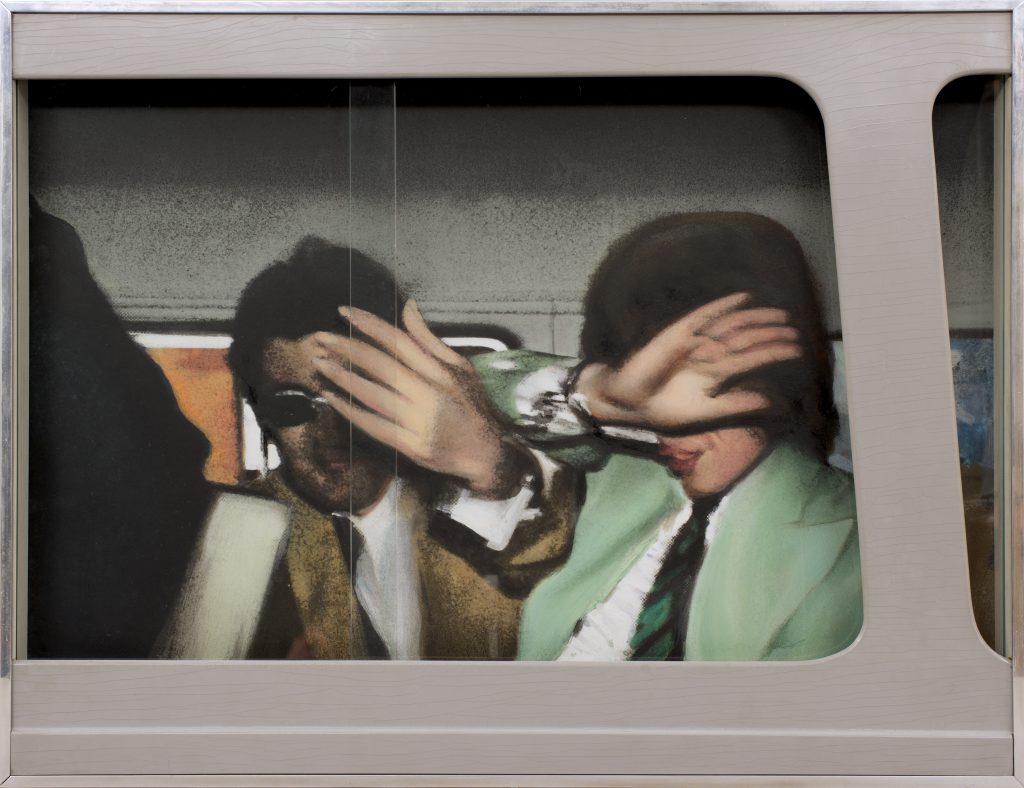
One of my favourite images in the show is Richard Hamilton’s ‘Swingeing London 67’ (c.1968). Louise Weller describes how it actually relates to an incident in Chichester rather than London. The piece was based on a press photograph which ‘shows Mick Jagger and gallery owner Robert Fraser handcuffed together, seen through the window of a police van as they arrive at the court in Chichester to be charged for unlawful possession of drugs.’ Hamilton’s depiction brings into focus the tension between the liberalism of the sixties and societal restraints on personal choice. The image also provides a commentary on our relationship with the motor vehicle whilst the framing gives it a cinematic quality.
These works provide as relevant a commentary on our society today as they did when they were produced some fifty years ago and it is this spring’s must see show in Sussex. ‘POP! Art in a Changing Britain’ runs at Pallant House Gallery, Chichester, until 7th May 2018 for more information go to www.pallant.org.uk.
By Rupert Toovey, a senior director of Toovey’s, the leading fine art auction house in West Sussex, based on the A24 at Washington. Originally published in the West Sussex Gazette.
